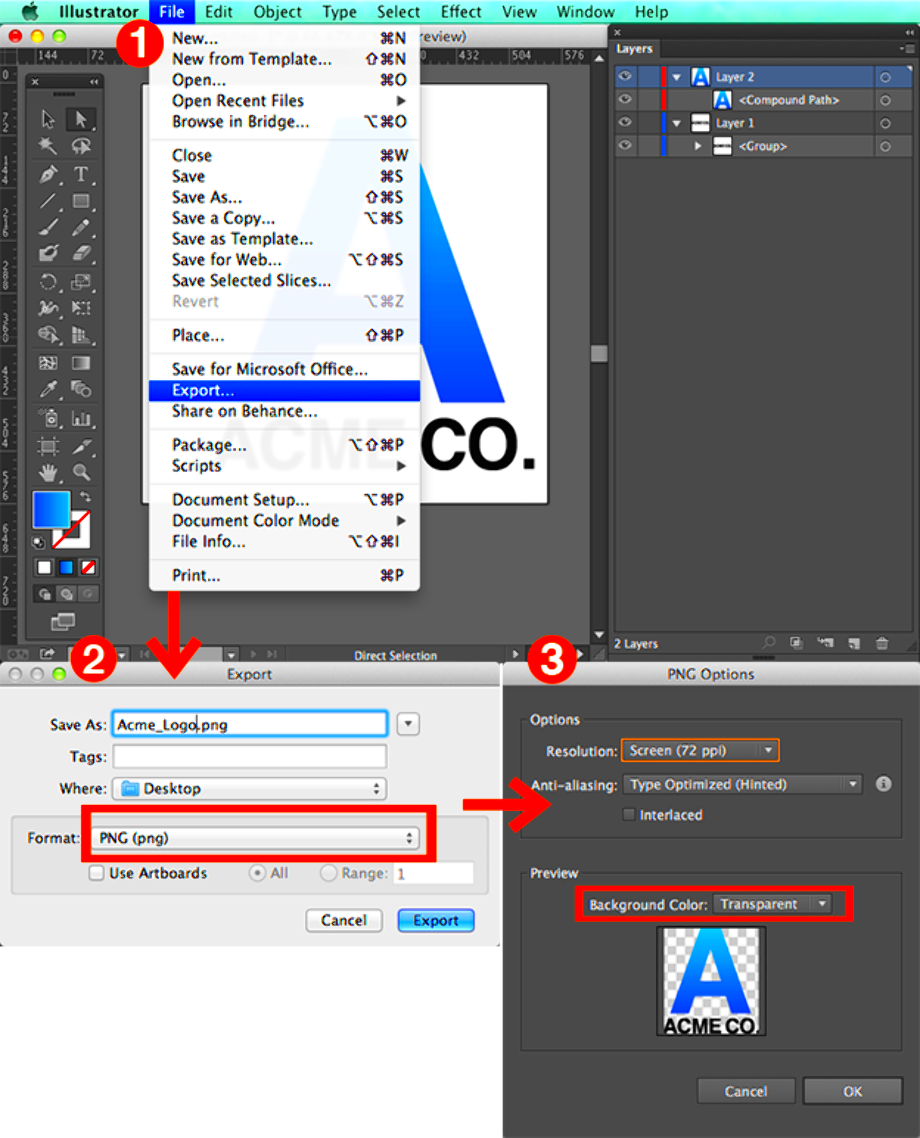A transparent image is a graphic file where the background is see-through, allowing you to place it seamlessly over other visuals. These images are usually saved in formats like PNG, which preserve transparency. Unlike standard images with solid backgrounds, transparent images provide greater flexibility in design.
Transparent images are incredibly useful because they blend effortlessly with various backgrounds. Whether you're designing a website, creating a logo, or enhancing social media posts, these images ensure your content looks professional. They eliminate the hassle of removing backgrounds, saving both time and effort for designers and non-designers alike.
Here are some key benefits of using transparent images:
- Flexibility: Easily layer them on any background without clashing.
- Professional Look: Perfect for branding materials and presentations.
- Time-Saving: Skip manual background removal tasks.
Understanding the Need for Transparent Images in Projects

Transparent images are essential for projects that demand polished and versatile visuals. They help create designs that stand out by integrating seamlessly into layouts without distracting background elements. This adaptability makes them a favorite in both digital and print media.
Here are some scenarios where transparent images are a must:
- Web Design: Transparent icons, buttons, or graphics enhance user interfaces.
- Logos: Logos with transparent backgrounds can be used across various platforms without issues.
- Marketing Materials: They add a refined touch to brochures, banners, and social media posts.
Transparent images simplify complex design workflows, especially for those working on dynamic projects with changing themes and backgrounds.
Also Read This: How Contemporary Photographers Manipulate Digital Images
Steps to Download Transparent Images

Downloading transparent images can be straightforward if you follow the right steps. Here's how you can do it:
- Choose a Reliable Source: Use trusted websites like HD Stock Images that provide high-quality transparent images.
- Search for Your Desired Image: Enter specific keywords like "transparent logo" or "transparent icon" to narrow down results.
- Check the File Format: Ensure the file format is PNG, as it supports transparency.
- Preview the Image: Open the image to confirm that the background is indeed transparent (often shown as a checkered pattern).
- Download: Click the download button and save the file to your device.
By following these steps, you can quickly find and use transparent images for your creative projects. Always ensure the source is credible to avoid copyright issues.
Also Read This: Reducing TIFF Image File Size Efficiently
Benefits of Using Transparent Images for Designs
Transparent images bring a unique advantage to design projects by offering versatility and a polished appearance. Whether you're a professional designer or just starting out, these images simplify your creative process and enhance the final output.
Here are the main benefits of using transparent images in your designs:
- Seamless Integration: Transparent images blend perfectly with any background, eliminating the need for background adjustments.
- Professional Appeal: Designs with transparent images appear clean and well-crafted, suitable for branding, advertising, and presentations.
- Time Efficiency: Saves time spent on removing or editing image backgrounds.
- Flexibility: Use the same image across different media, from websites to print materials, without re-editing.
- Creative Freedom: Offers the flexibility to layer images, add effects, and create dynamic visuals effortlessly.
Transparent images are essential tools in modern design, helping you achieve visually stunning and cohesive results without extra effort.
Also Read This: How to Crop an Image for Crafts
Tips for Finding High-Quality Transparent Images
Finding high-quality transparent images can feel like a challenge, but with the right approach, it becomes easy. Choosing the right sources and tools ensures your designs look professional and polished.
Here are some tips to help you find the best transparent images:
- Use Reputable Websites: Visit trusted platforms like HD Stock Images that specialize in providing transparent images.
- Search Smartly: Use specific terms like "transparent PNG" or "background-free icon" to get relevant results.
- Inspect Image Quality: Check the resolution to ensure the image won’t look pixelated when used.
- Check for True Transparency: Look for a checkered background in the preview, which indicates transparency.
- Verify Licensing: Ensure the image is free to use or that you have the correct permissions to avoid legal issues.
These tips will help you access transparent images that are both high-quality and legally safe to use in your projects.
Also Read This: How to Get a Publish Link from Behance and Share Your Work Online
How to Use Transparent Images in Different Projects
Transparent images are incredibly versatile and can be used in a variety of projects to create professional and visually appealing results. Whether you're working on digital content or physical designs, these images enhance your work effortlessly.
Here are some common ways to use transparent images:
| Project Type | Usage |
|---|---|
| Web Design | Add transparent icons, buttons, or illustrations to improve user experience. |
| Social Media | Use transparent overlays or logos to create consistent branding in posts and ads. |
| Print Materials | Incorporate transparent images in flyers, brochures, and business cards for a sleek finish. |
| Logo Design | Transparent backgrounds make logos versatile for any application, from websites to merchandise. |
By incorporating transparent images strategically, you can elevate the impact of your projects, making them more engaging and professional.
Also Read This: Discover This Dailymotion Downloader Chrome Extension Magic
Frequently Asked Questions About Transparent Images
Transparent images often raise a few common questions, especially for those new to design or digital projects. Here, we address some frequently asked questions to help you understand and use them more effectively:
- What file formats support transparency?
- How can I check if an image is transparent?
- Can I make an existing image transparent?
- Are transparent images free to use?
- Why is my transparent image showing a white background?
The most common format for transparent images is PNG. Other formats like SVG also support transparency and are ideal for scalable graphics.
Most transparent images display a checkered background in editing tools or previews, indicating the absence of a solid background.
Yes, you can use graphic design tools like Photoshop, Canva, or free online editors to remove backgrounds and save the image as a transparent PNG.
Some transparent images are free under public domain or creative commons licenses, while others may require attribution or payment. Always check the licensing details before use.
This issue often occurs when viewing the image in applications that don’t support transparency. Ensure you’re using compatible software or a web browser.
These answers should help you get started with finding, creating, and using transparent images confidently in your projects.
Conclusion
Transparent images are essential tools for creating seamless, professional designs across various platforms. They simplify workflows, enhance flexibility, and give your projects a polished look. By understanding how to find, download, and use transparent images effectively, you can elevate the quality of your work effortlessly.











